Rational Synthesis and Electrochemical Performance of LiVOPO4 Polymorphs
Paul’s collaborative paper on “Rational Synthesis and Electrochemical Performance of LiVOPO4 Polymorphs” as part of the NorthEast Center for Chemical Energy Storage has just been published in Journal of Materials Chemistry A. Here, we have carried out a comprehensive experimental and DFT study of the α-I, β and ε polymorphs of LiVOPO4 and demonstrated how selectivity for each polymorph can be tuned through manipulating the precursor and oxidation environment. Further, we discuss how synthesis conditions may be used to improve the rate performance of β-LiVOPO4.


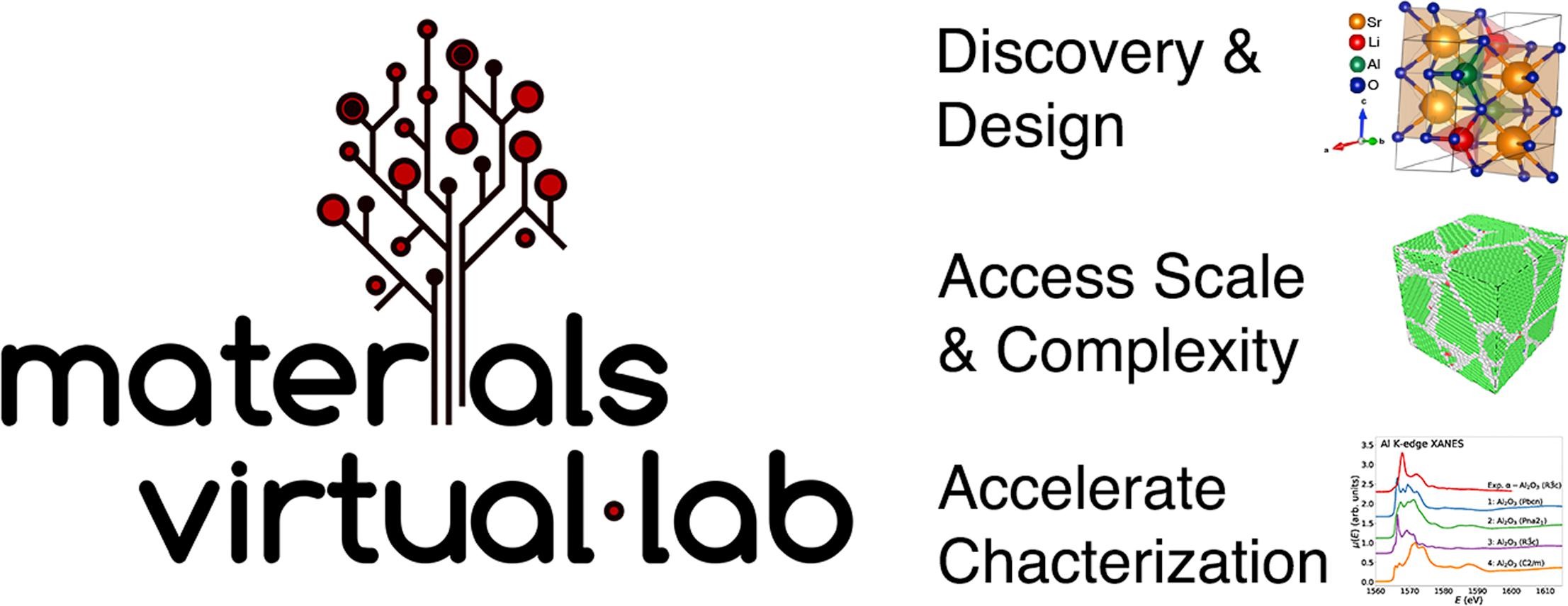
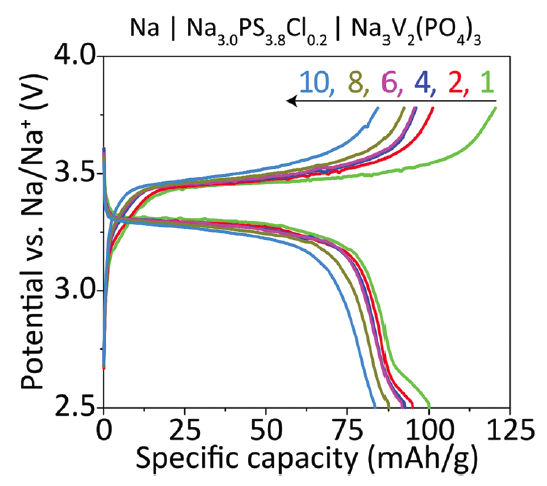
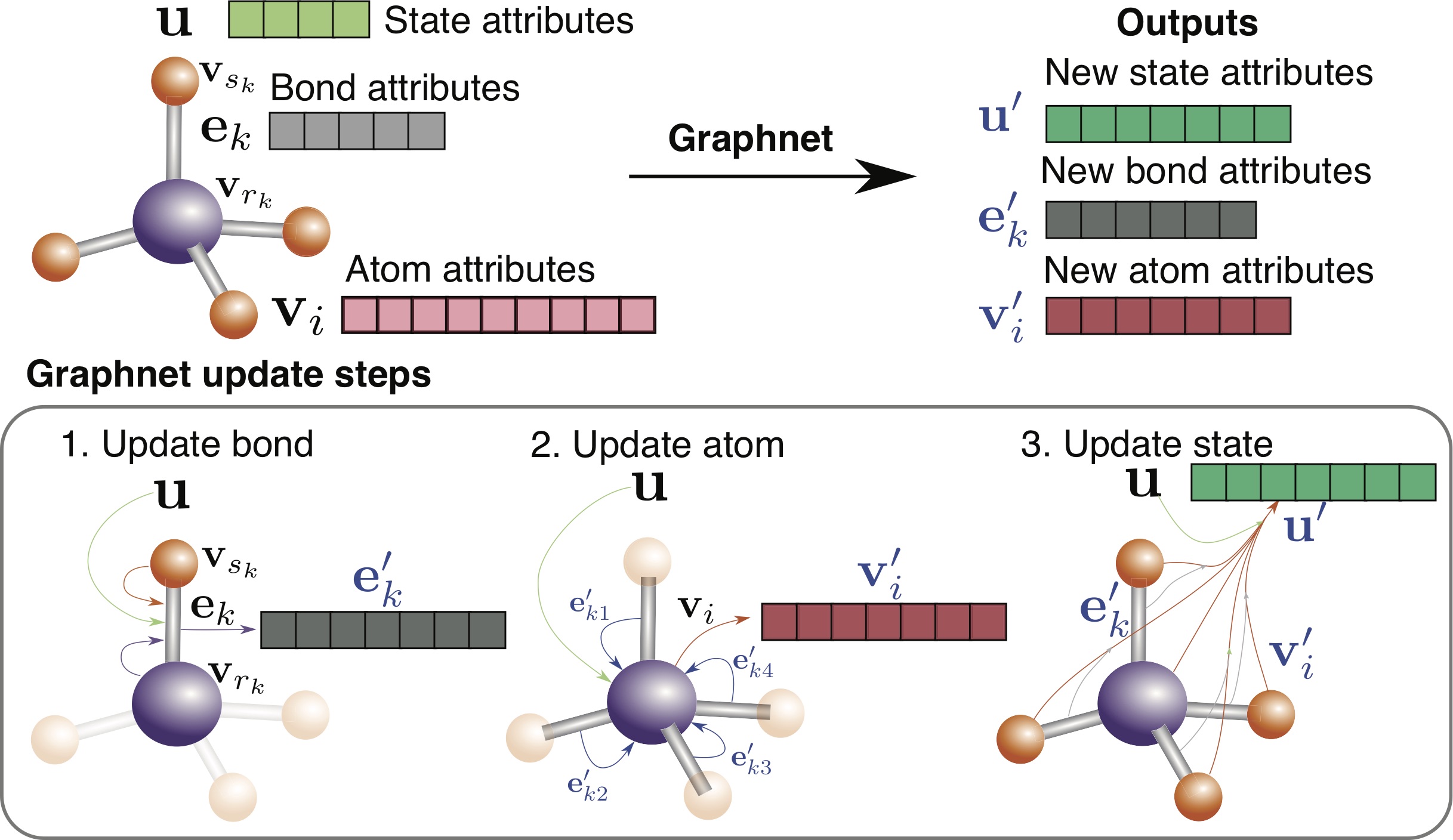

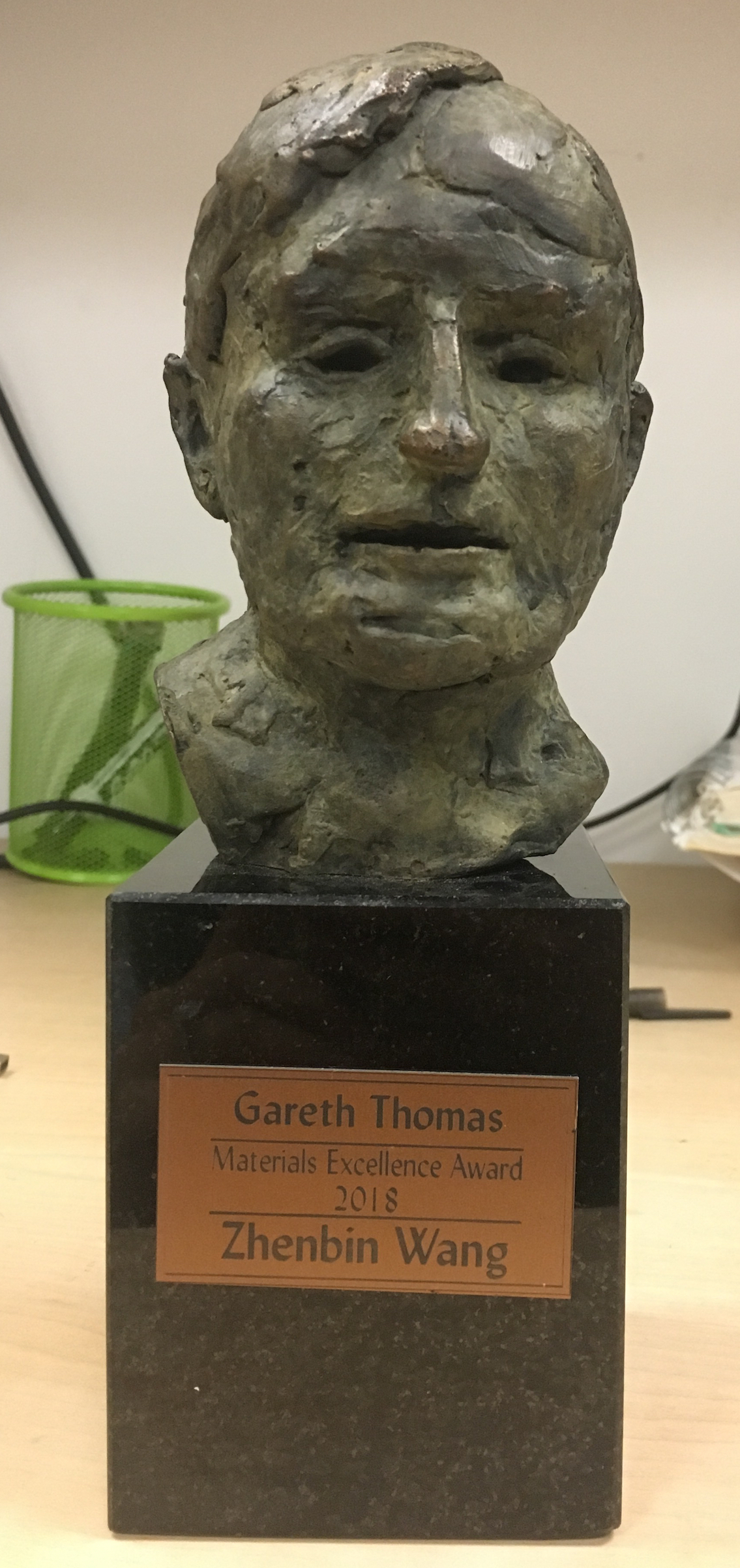

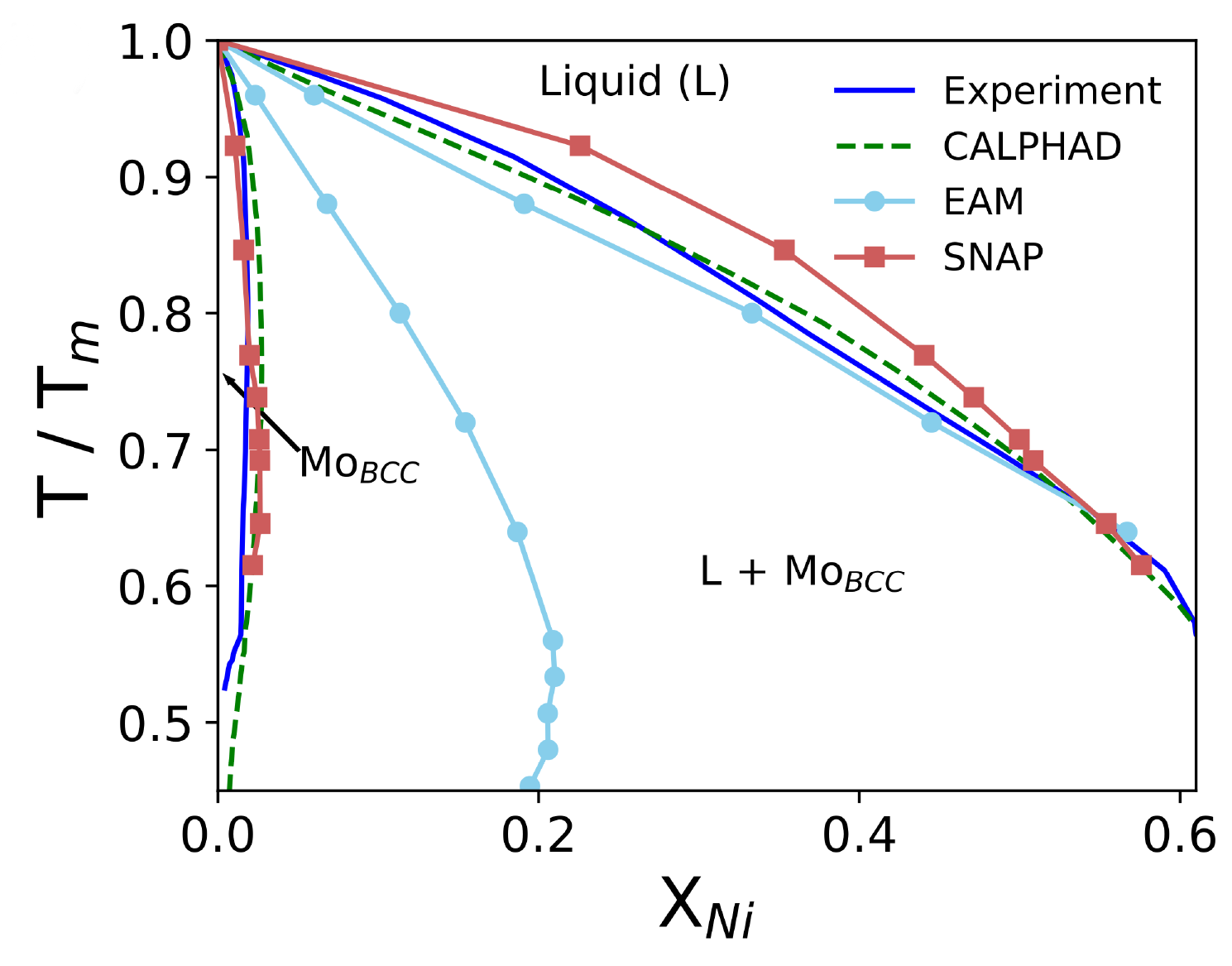

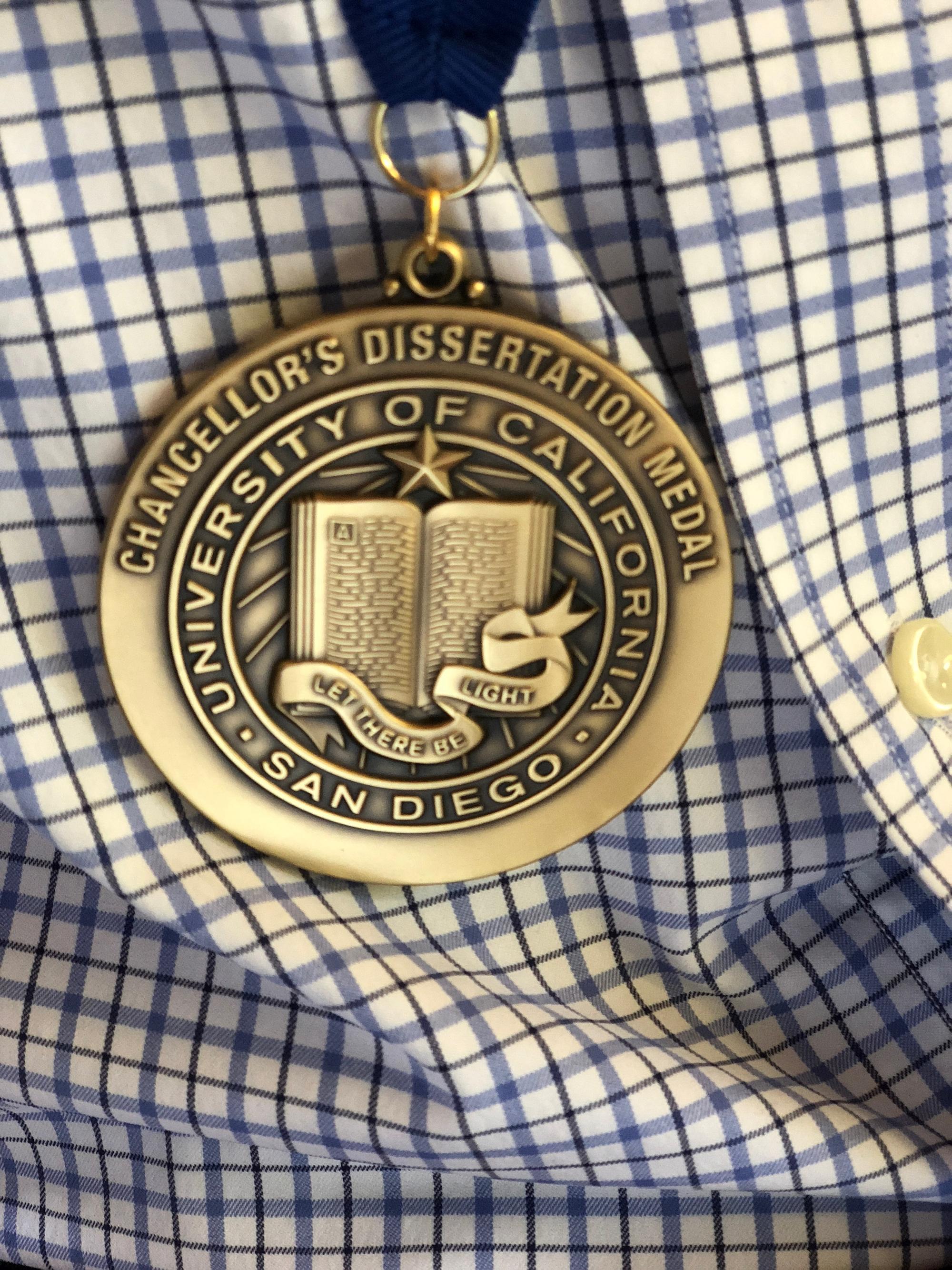
You must be logged in to post a comment.